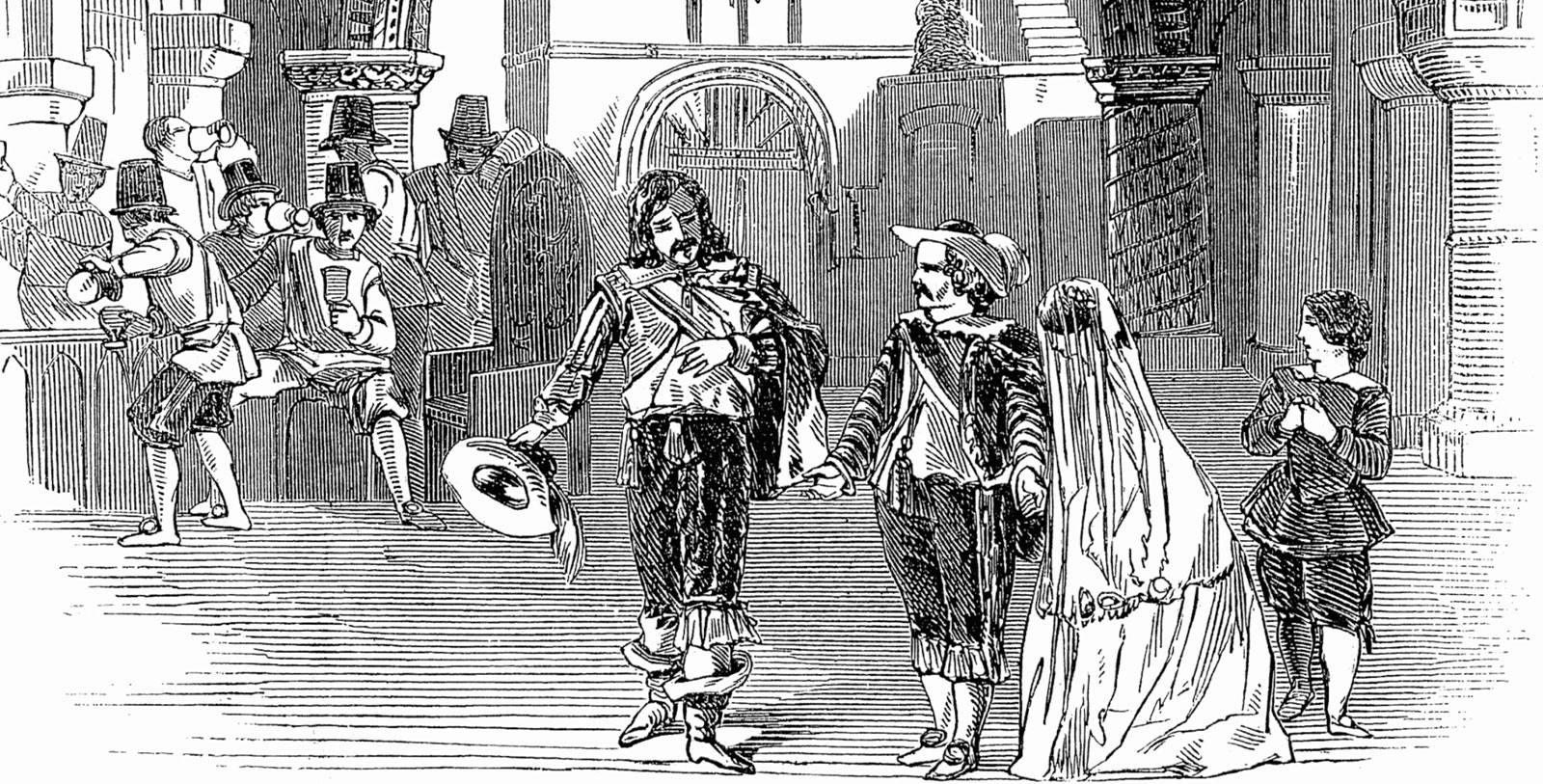Receive for Free - Discover & Explore eNewsletter monthly with advance notice of special offers, packages, and insider savings from 10% - 30% off Best Available Rates at selected hotels.
history mystery
Which historic hotel is named after a popular opera character that first appeared in Victor Hugo’s tragic drama Ruy Blas?
The character of Don César for which the historic hotel, The Don CeSar, is named, originated in Victor Hugo’s tragic drama, Ruy Blas. The main plot centers around vengeance and love, and takes place in Madrid during the reign of Charles II (1665-1700). Enraged by the Queen’s rejection of his advances, Don Salluste de Bazan disguises his indentured servant, Ruy Blas, as a nobleman and implores him to seduce the Queen. The story culminates in the Queen and Ruy Blas falling in love in what many see as a reference to the real-life Queen Consort of Charles II, Maria Anna of Neuburg, who supposedly married a barrel-maker following her husband’s death.
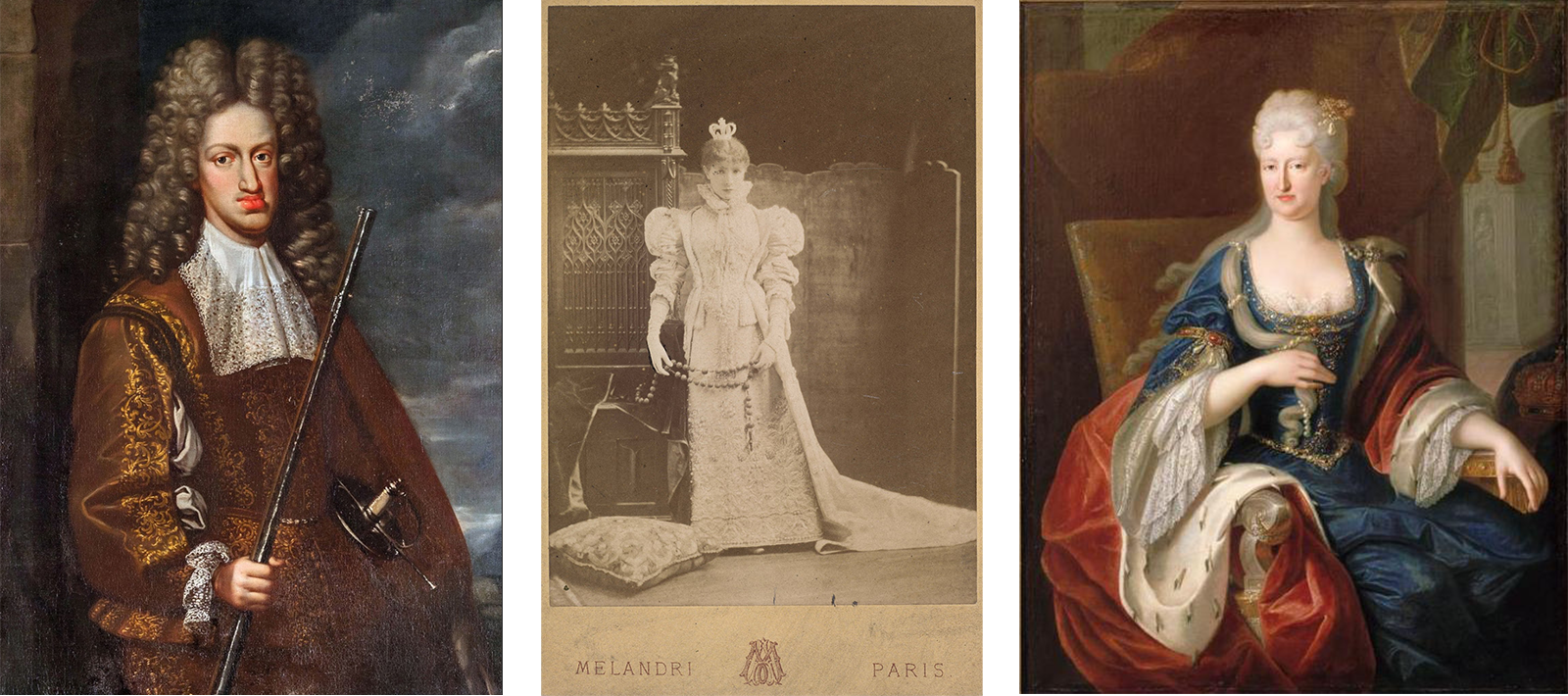 From left to right: Portrait by John Closterman, c. 1685 of Charles II, King of Spain; French actress Sarah Bernhardt as The Queen in Ruy Blas; Portrait by Robert Gabriel Gence of Maria Anna of Neuburg. |
Tossed into this story of court intrigue is Don Salluste’s chivalrous cousin, Don César, who tries to thwart Salluste’s plans for vengeance and is ultimately killed for it. However, subsequent tales about César give him a much happier ending. In 1844, a play written by Adolphe d’Ennery and Philippe-François Pinel "Dumanoir" introduced the captivating character of Maritana, a gypsy performer. Jules Massenet transformed the play into an opéra comique named Don César de Bazan which premiered at the Opéra-Comique in Paris on November 30, 1872.
 From left to right: Pamphlet from production of Don César de Bazan; Poster by Célestin Nanteuil for the première of Don César de Bazan. |
The story unfolds as follows: Charles II falls in love with Maritana. His devious minister, Don José, sees this and encourages his affections, hoping that the King will compromise himself. José intends to reveal the King's infidelity to further his own favor with the Queen. To exacerbate matters, he schemes to marry Maritana off to the condemned nobleman, Don César, as he awaits execution, making Maritana a nobleman’s widow and thus an especially egregious mistress for the King. Don César ultimately thwarts José’s plans and is graciously rewarded by the King. His death sentence is lifted, he is granted a governorship in Granada, and he lives happily ever after with Maritana.
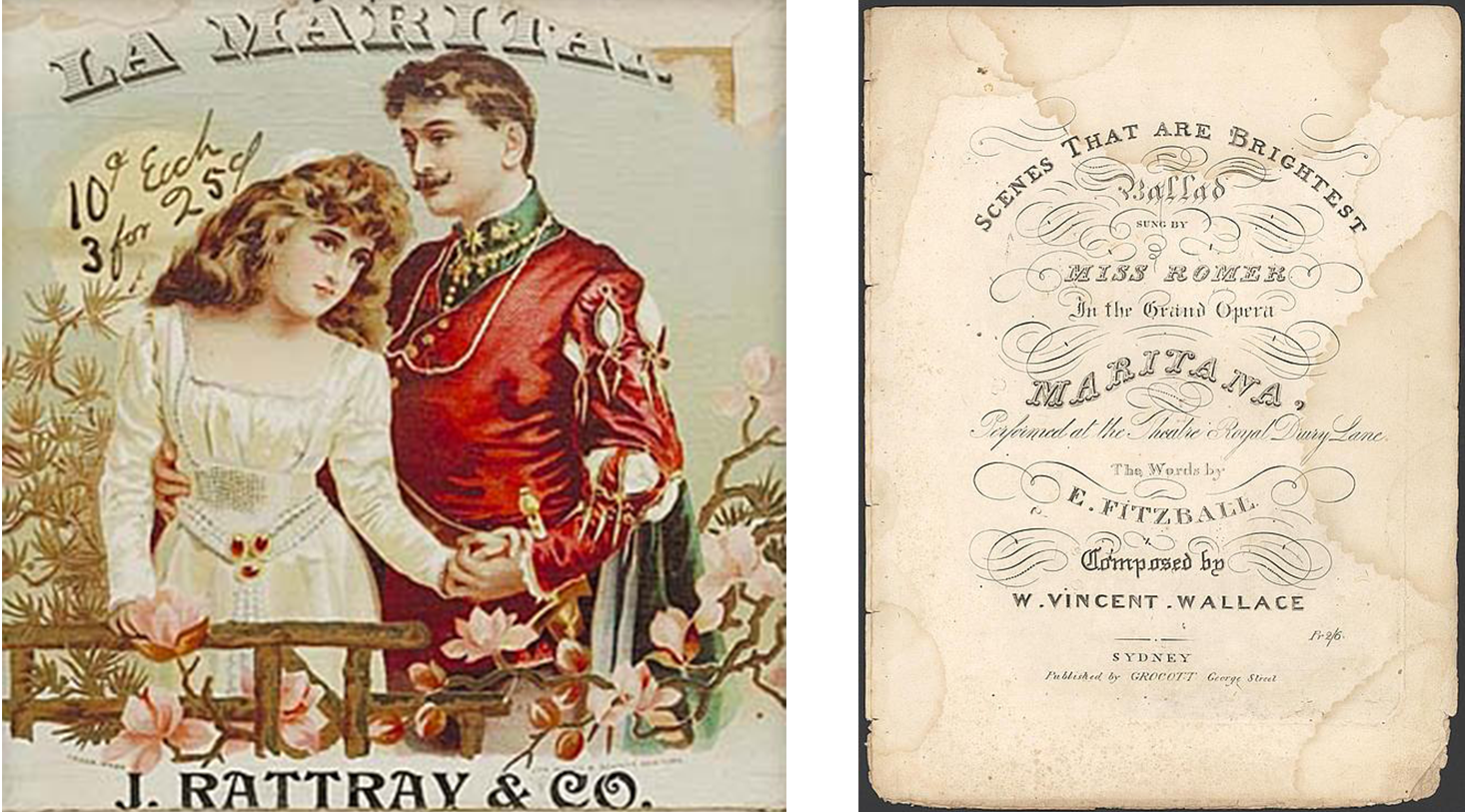 From left to right: Cigar box from 1883 showing a scene from Maritana; Title page of sheet music from Maritana. |
“Dumanoir” and d’Ennery’s play was also adapted into a three-act opera called Maritana. Composed by William Vincent Wallace, with a libretto by Edward Fitzball, this opera included both spoken dialogue and some recitatives and premiered at the Theatre Royal, Drury Lane, on 15 November 1845.
So how did these operas, performed on European stages throughout the 19th century and set in 17th-century Spain, influence the origins of Florida’s Pink Palace? According to hotel lore, when Thomas Rowe arrived in Florida to create his hotel, he carried with him a broken heart. The young man had apparently been prevented from marrying the love of his life—a Spanish opera star named Lucinda, whom he had met in England. Rowe is said to have encountered the raven-haired beauty while she was performing in Maritana, perhaps during the opera’s run at the Lyceum Theatre in 1925.
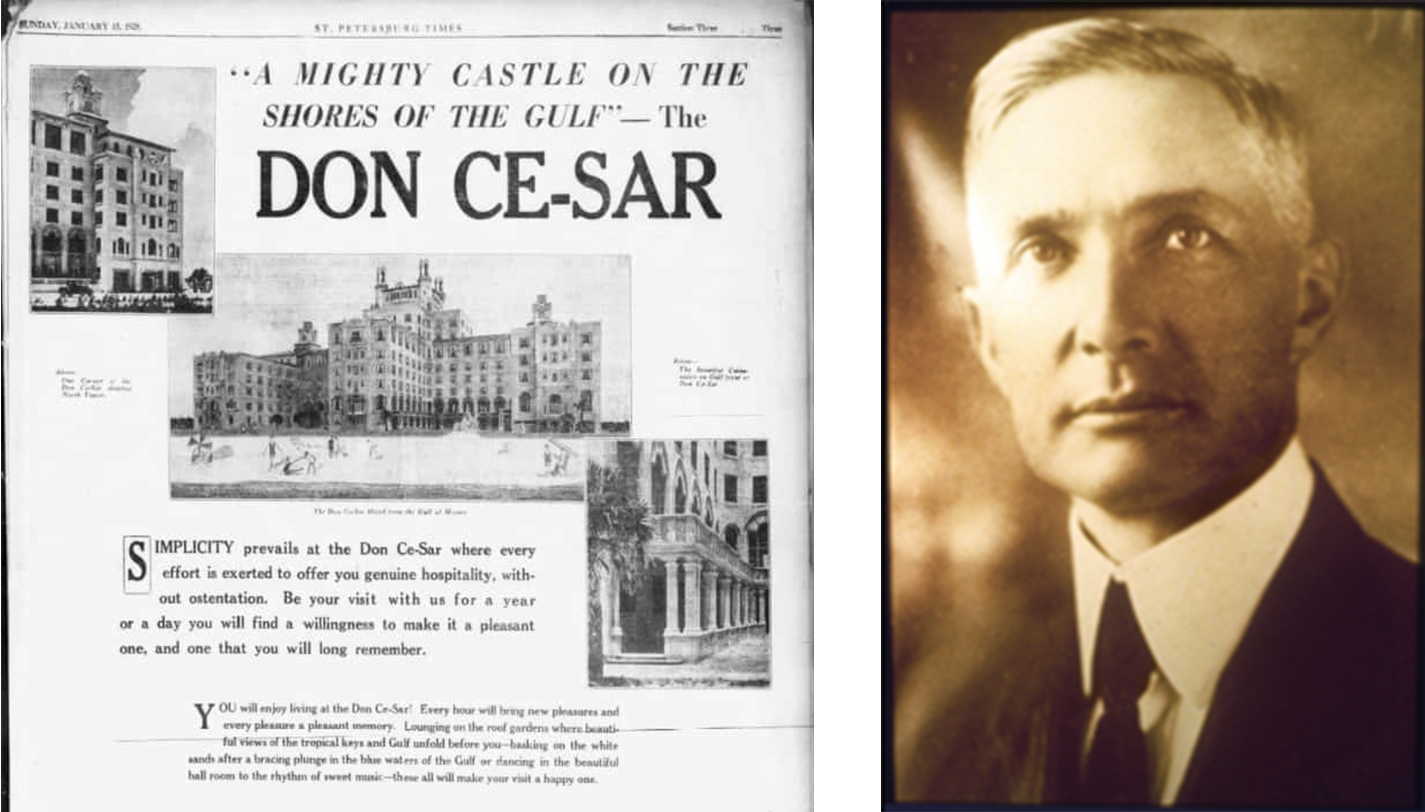 From left to right: Newspaper advertisement announcing the opening of The Don CeSar in 1928; Picture of Thomas Rowe, the owner and developer of The Don CeSar. |
Overwhelmed by her beauty and talent, Thomas Rowe pursued Lucinda, and the two quickly fell in love. It was not to last, as Lucinda’s parents intervened and demanded she end the relationship. After sailing to America, Rowe continued to write letters to Lucinda. Tragically, the only response he ever received was a note addressed to “My beloved Don Cesar,” which was accompanied by a newspaper clipping reporting her death.
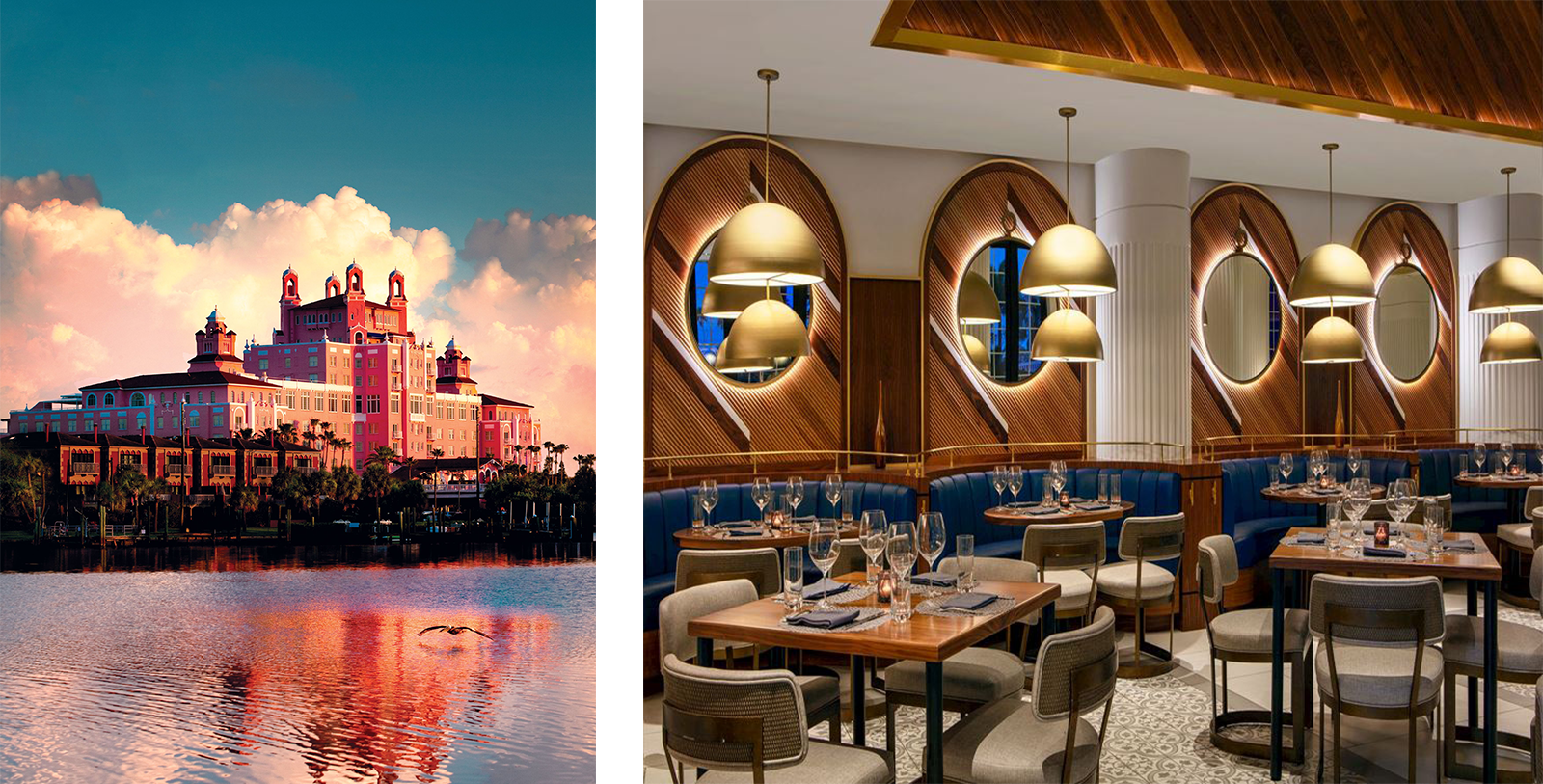 From left to right: Sunset exterior of The Don CeSar; The Maritana Restaurant at The Don CeSar. |
In honor of his lost love, Rowe named the hotel The Don CeSar, and the Pink Palace has since become one of Florida’s most iconic hotels renowned for relaxation and romance. Additionally, the hotel’s aptly named Maritana Restaurant is one of the greater St Pete area's best AAA 4 Diamond Dining experiences where guests can enjoy coastal cuisine inspired by the eponymous Spanish gypsy.
This has been a Historic Hotels History Mystery.
For more fun facts, trivia, and historic highlights, check out our History Mystery pages for Historic Hotels of America and Historic Hotels Worldwide. Subscribe to our newsletter below and follow us on social media to play along.
- The Don CeSar
- La Valencia Hotel
- The Gasparilla Inn & Club
- The Raphael Hotel
























